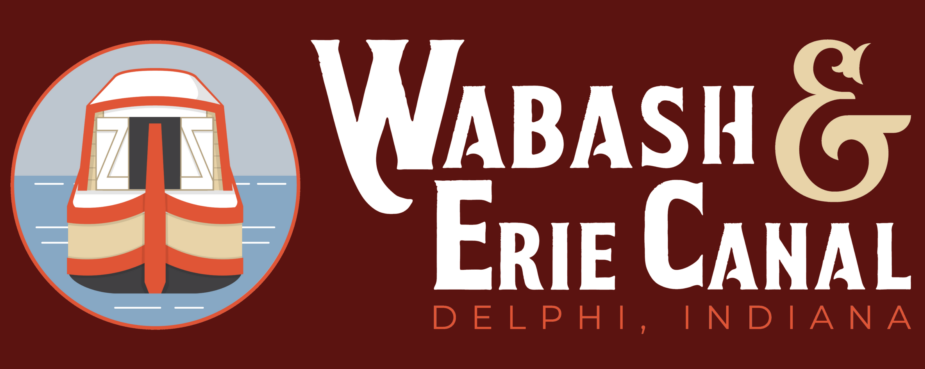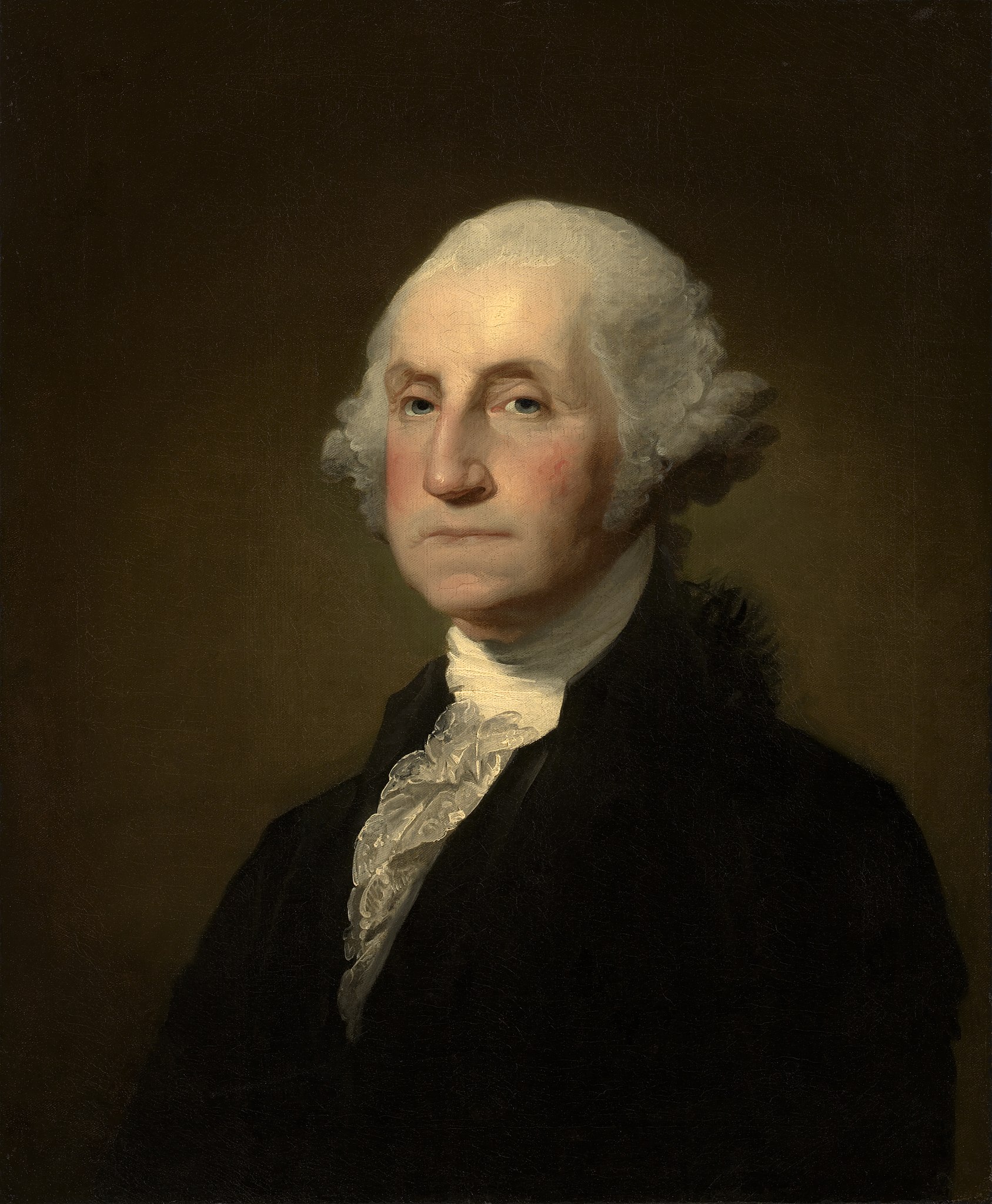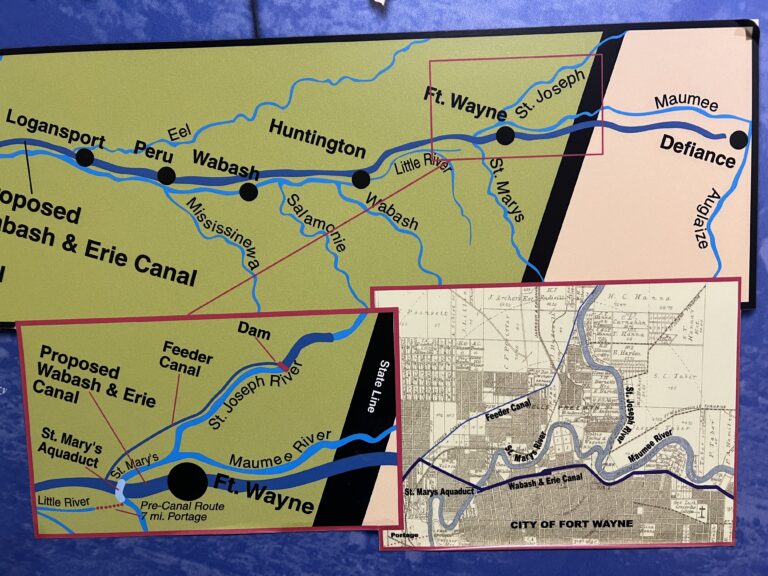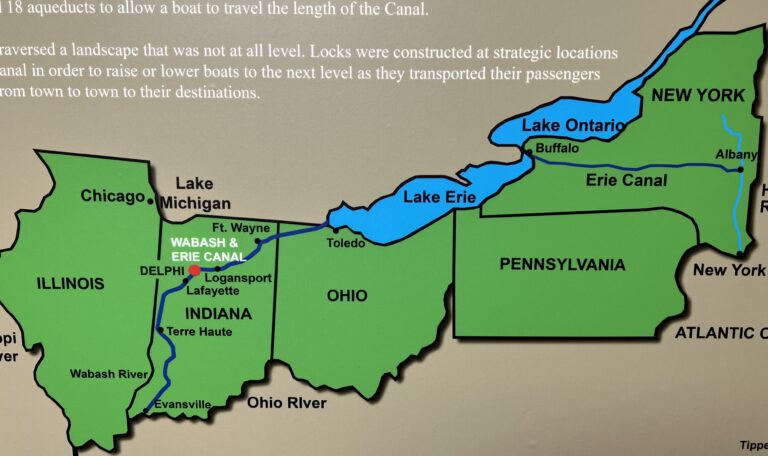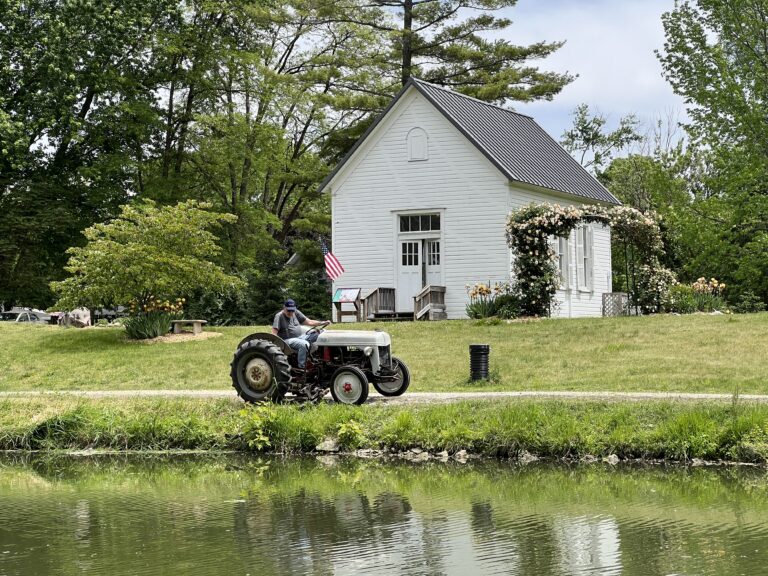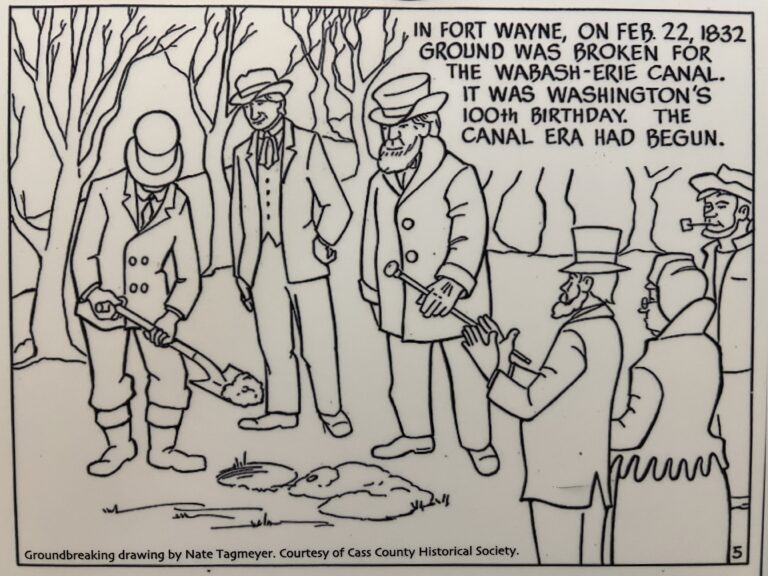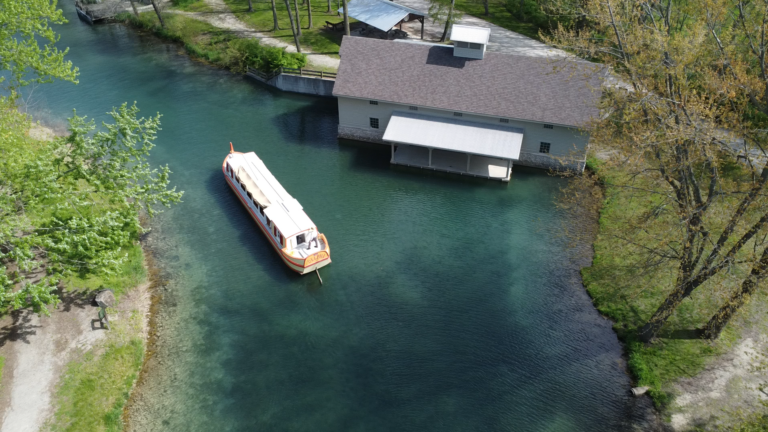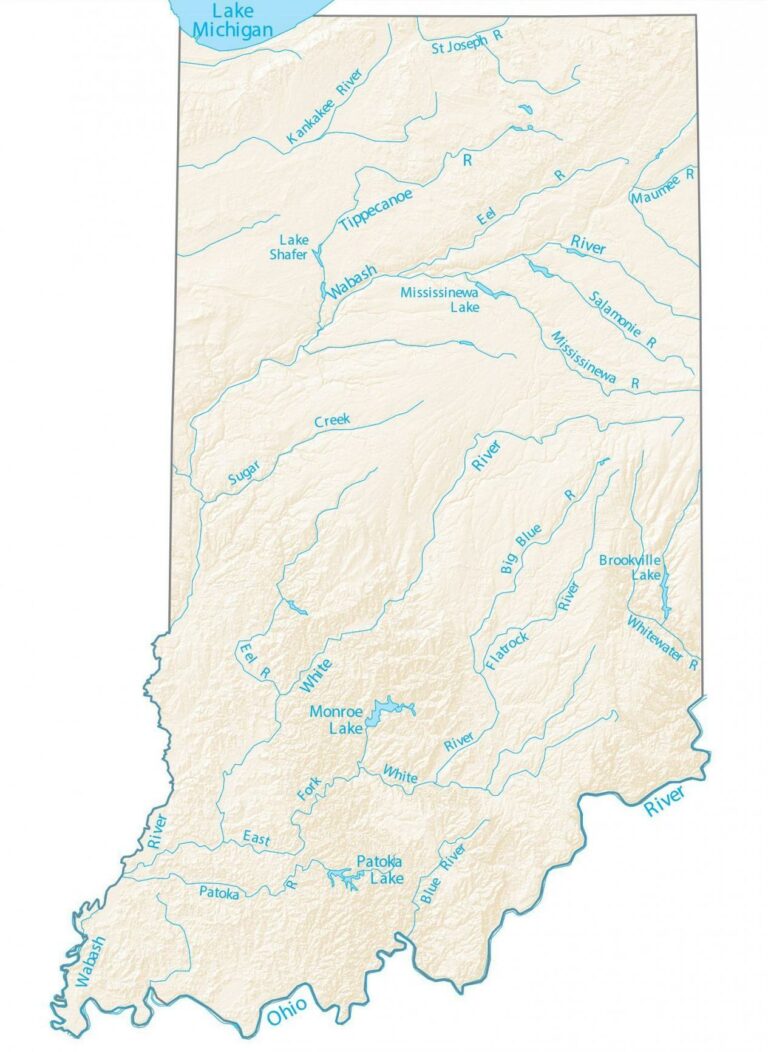Note: This series originally aired on WBOI FM public radio of Northeast Indiana. Thanks to Tom Castaldi for allowing and facilitating its reproduction.
George Washington may not have slept in Indiana, but by 1784 he was dreaming of a Wabash & Erie Canal that would connect the “Father of our Country” in the East, with the “Father of Waters” in the Wild West.
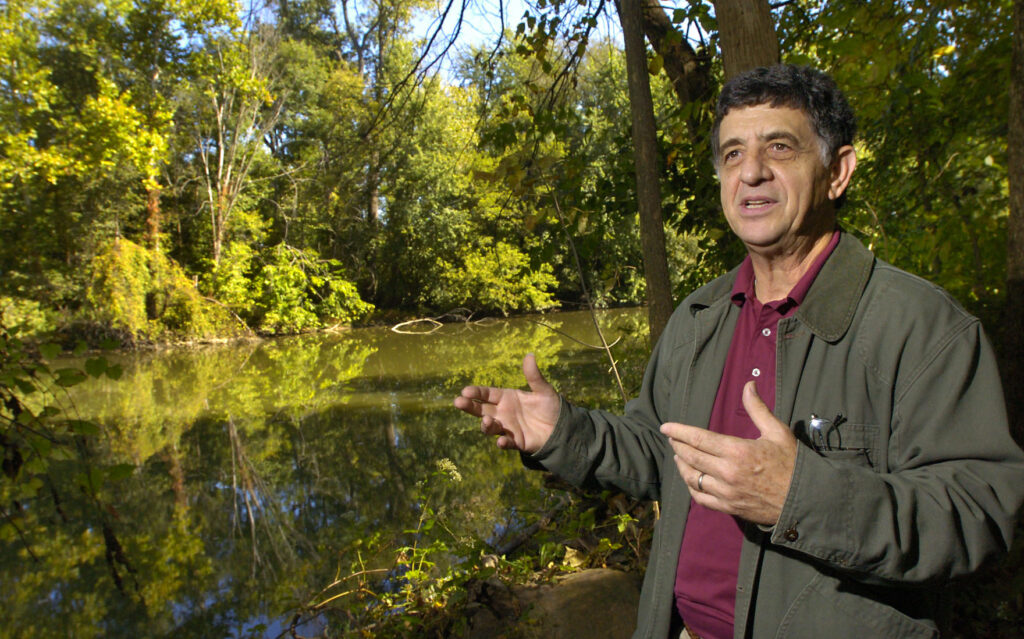
At first it was, dig a channel through an ancient American Indian portage, from Fort Wayne’s Saint Mary’s River and flow a stream of water the few miles it would take to reach the Wabash River west of Huntington, Indiana.
Groundbreaking took place in Fort Wayne in 1832, and by 1835, Captain Asa Fairfield, on his canal boat the Indiana, took a 32-mile ride with a few of his friends from Fort Wayne to Huntington. When in 1843, Lafayette was connected, Fort Wayne was the site of a big dedication celebration.
In the end, builders had expanded Washington’s canal vision stretching it from Lake Erie at Toledo, Ohio, to Evansville, Indiana, on the Ohio River creating the longest man-made waterway in the Western Hemisphere…a veritable “Father of Canals” had been realized.
It began as a dream, succeeded in opening the State of Indiana to world commerce, and was a series of frog ponds by 1876 as railroads took over.
While Washington is remembered fondly by a grateful nation, his dream of a canal connecting the far reaches of his United States is but a faded memory.
